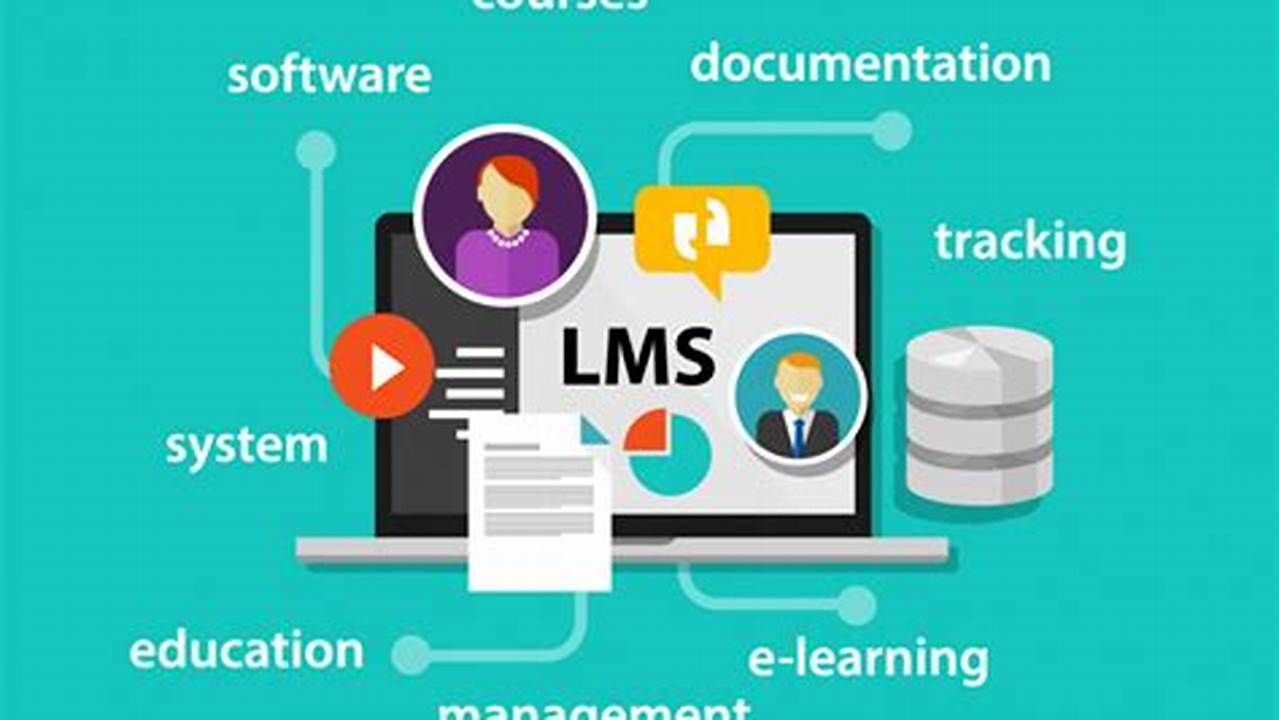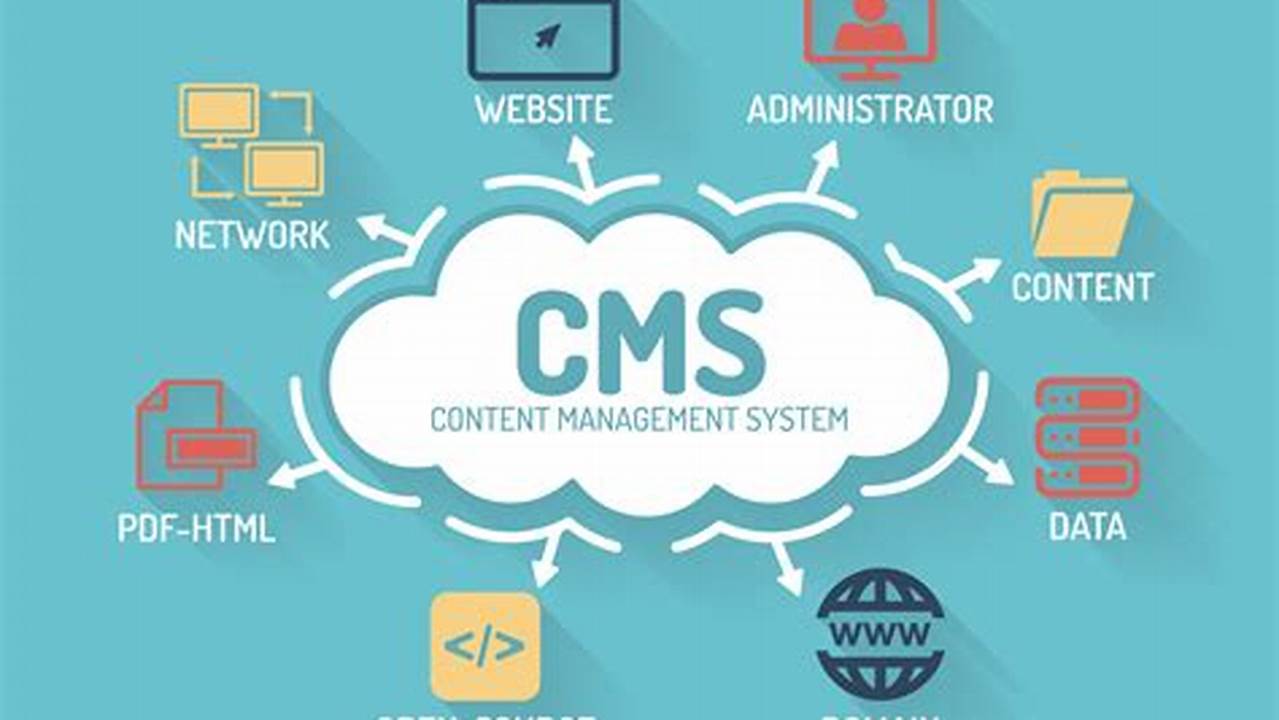Organizations today face the constant challenge of delivering effective training and educational materials. Managing, updating, and distributing this content efficiently can be a complex undertaking. A structured approach to handling these materials is essential for successful learning and development initiatives. This is where a system designed specifically for learning content becomes invaluable.
Centralized Content Repository
Provides a single location for storing and managing all learning materials, eliminating scattered resources and version control issues.
Streamlined Content Creation and Delivery
Facilitates the creation, modification, and delivery of learning content, simplifying the process for instructors and administrators.
Enhanced Collaboration
Supports collaboration among content creators, subject matter experts, and other stakeholders, fostering a more efficient workflow.
Personalized Learning Experiences
Enables the delivery of tailored learning paths and personalized content recommendations, catering to individual learner needs.
Improved Tracking and Reporting
Offers robust tracking and reporting capabilities, providing insights into learner progress and content effectiveness.
Integration with Other Systems
Can integrate with other enterprise systems, such as Human Resource Management (HRM) or Learning Management Systems (LMS), creating a cohesive learning ecosystem.
Scalability and Flexibility
Adapts to evolving organizational needs and can handle increasing volumes of content and users.
Cost-Effectiveness
Reduces administrative overhead and streamlines content management processes, resulting in cost savings.
Improved Content Reusability
Facilitates the reuse and repurposing of existing content, maximizing the value of learning resources.
Tips for Implementing a System for Learning Content
Conduct a thorough needs assessment to determine the specific requirements.
Involve key stakeholders in the selection and implementation process.
Provide adequate training to users on how to effectively utilize the system.
Regularly evaluate and update the system to ensure it continues to meet evolving needs.
What are the key benefits of using such a system?
Key benefits include streamlined content creation, improved tracking and reporting, personalized learning experiences, and enhanced collaboration.
How does it differ from a Learning Management System (LMS)?
While an LMS focuses on delivering and tracking learning activities, this system focuses on the creation, management, and organization of the learning content itself.
What types of organizations can benefit from implementing this type of system?
Organizations of all sizes and across various industries, including education, healthcare, and corporate training, can benefit from implementing this type of system.
What factors should be considered when selecting a system for managing learning content?
Factors to consider include features, scalability, integration capabilities, vendor support, and cost.
Effective management of learning content is crucial for successful training and development programs. Implementing a purpose-built system offers a structured approach to content creation, delivery, and management, leading to improved learning outcomes and organizational efficiency.



